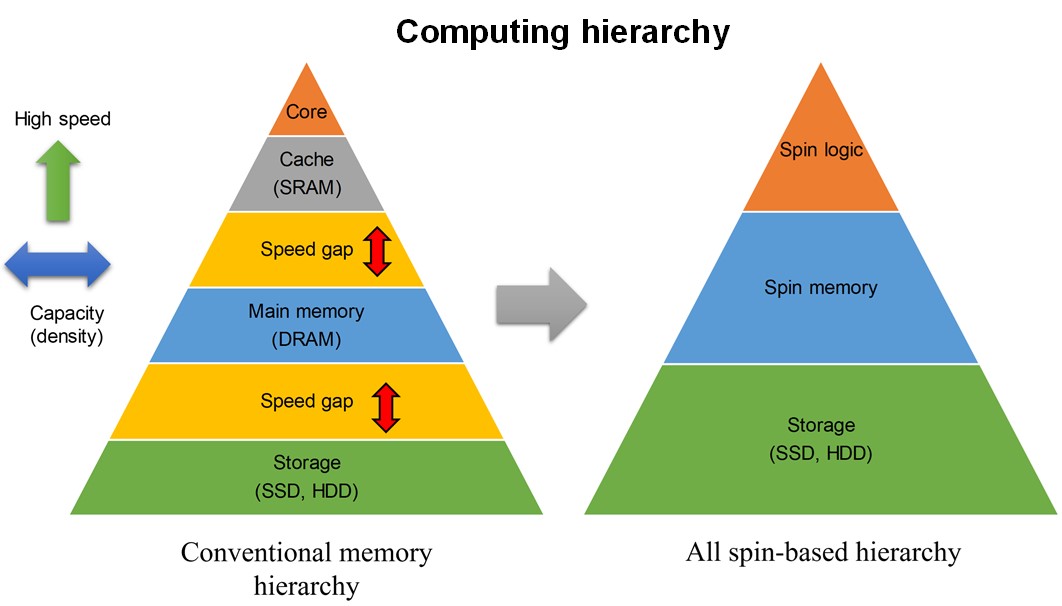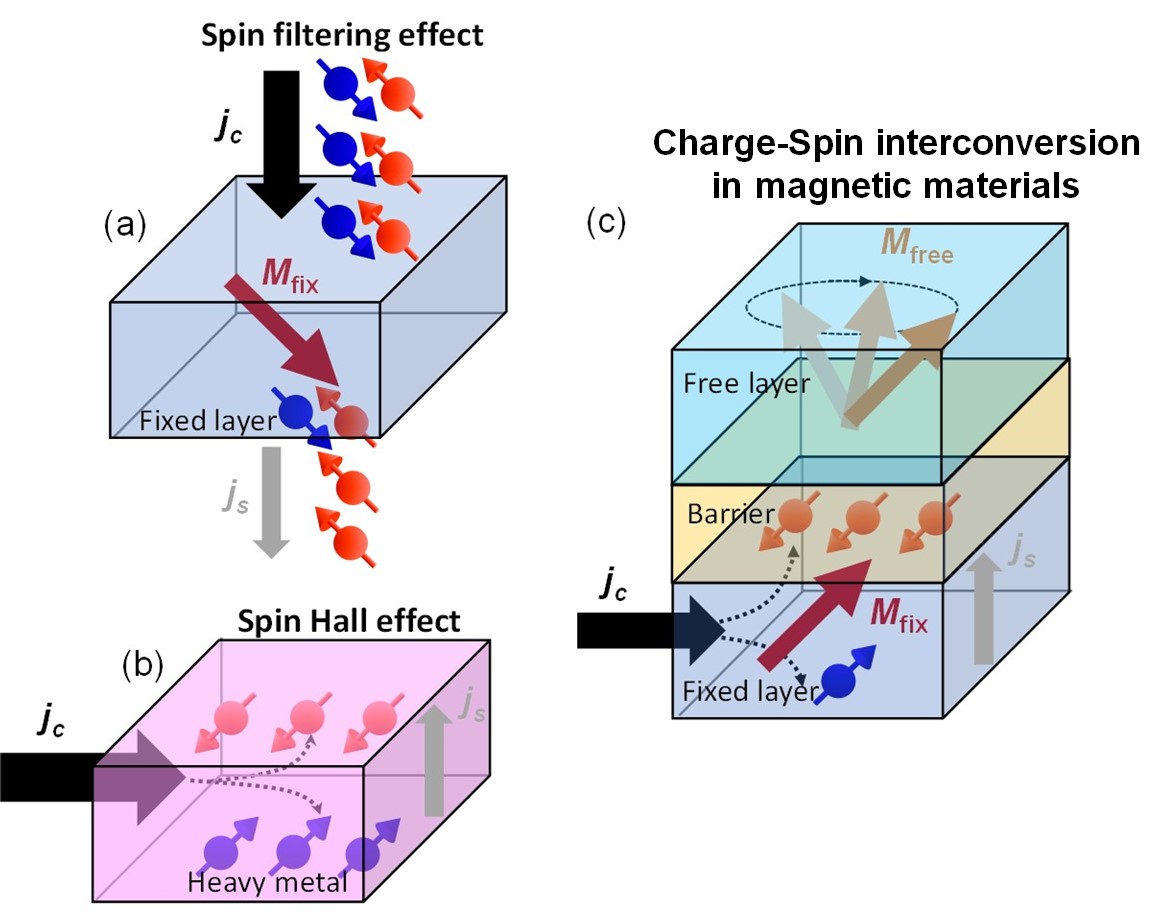Spin Orbit Torque


The capability of magnetic random access memory (MRAM) to integrate logic operation and data storage in the same hardware stands out as one of the major information storage technologies. The development of MRAM has always been motivated by the establishment of more writing efficient schemes that are used to switch the magnetization of the free layer. However, the state-of-art MRAM bit cells, based on either spin transfer torque or spin orbit torque techniques, still face many obstacles toward mass production, such as poor reliability, slow writing speed, low packing density, etc. On this regard, we attempt to explore the possibility of realizing fast deterministic free layer switching by using spin torques with well-controlled spin current polarization. In particular, we are focused on the charge-spin interconversion mechanisms in magnetic materials and their heterostructures. The presence of additional magnetic orders permits the existence of spin polarization that is not allowed in conventional heavy metals. Besides, the heterostructure interface also serves as a possible source to alter polarization through scattering events This study aims to facilitate the development of next-generation MRAM based on more energy efficient writing schemes in the future. References: [1] Z. Luo et al., Phys. Rev. Appl. 11, 064021 (2019) [2] Y. Yang et al., Phys. Rev. Appl. 13, 034072 (2020) [3] Z. Fu et al., IEEE Trans. Electron Devices. 69, 1642 (2022) [4] S. Hu et al., Nat. Commun. 13, 4447 (2022)